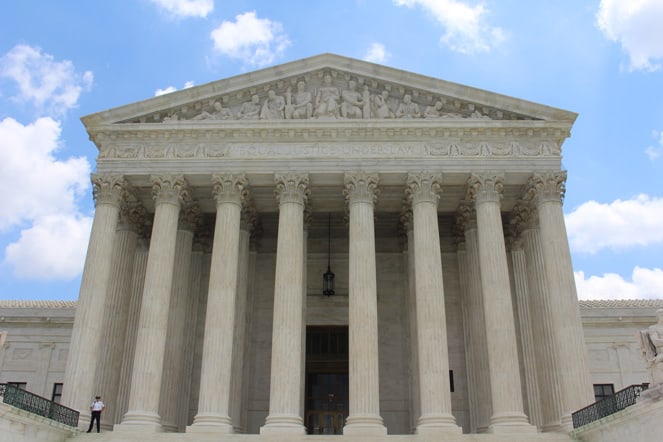Trending
Opinion: How will Project 2025 impact game developers?
The Heritage Foundation's manifesto for the possible next administration could do great harm to many, including large portions of the game development community.

Featured Blog | This community-written post highlights the best of what the game industry has to offer. Read more like it on the Game Developer Blogs or learn how to Submit Your Own Blog Post
The 9th Circuit has amended their decision in Lenz v. Universal. What effect will this have on fair use and DMCA takedowns?


In September 2015, the 9th Circuit issued an opinion in the case of Lenz v. Universal. Commonly known as the “Dancing Baby” case, this legal battle revolved around the DMCA takedown of a video featuring the plaintiff’s baby dancing to Prince’s “Let’s Go Crazy.”
Shortly after the decision was released, Lenz requested a rehearing of the case. She argued that the ruling made it difficult for plaintiffs to get relief for fraudulent takedowns of content that qualifies as fair use. While the 9th Circuit has now rejected this rehearing request, they modified their original opinion. This amended opinion removes a few key paragraphs that may have an effect on future DMCA cases.
First, it is important to note that the original opinion held that a consideration of fair use is required before a copyright holder can legally send a DMCA takedown. This is clear in the ruling, and has survived the amended opinion.
This hinges on the fact that fair use is not considered an affirmative defense by the court. An affirmative defense means that the plaintiff has infringed, but they have an excuse for doing so. Rather, fair use is not an infringing use at all. While the fair use defense takes place in a procedurally-similar part of a court case as an affirmative defense, it is not the same thing.
In the latest amended decision, the court has removed a statement that says “a copyright holder’s consideration of fair use need not be searching or intensive” in order to comply with the law.
This probably means that the court no longer wants to be “on the record” with such a statement. Most likely, they want to keep the possibility open that some cases would require that “searching or intensive” consideration of fair use.
Another part of the original ruling that has been removed in the amended version deals with automated systems. The court recognized that many companies have to deal with an extremely burdensome amount of copyright infringement, due to the ease of digital copying and distribution.
Specifically, the court noted “without passing judgment, that the implementation of computer algorithms appears to be a valid and good faith middle ground for processing a plethora of content while still meeting the DMCA’s requirements to somehow consider fair use.”
This sentence and other related text is now gone in the new version of the court’s opinion.
What does this mean? It’s hard to say, but it seems obvious that they didn’t want to have an endorsement of these automated systems as a substitute for human review within their opinion. This leaves us open for future litigation on the subject of automated fair use-detecting programs and filters.
If you own copyrighted materials, create content for the Internet, or run a website that hosts user-generated content, why not contact an attorney for a fair use assessment? Additionally, fair use and copyright law is just a part of my upcoming course for indie game startups – sign up here for info.
You May Also Like